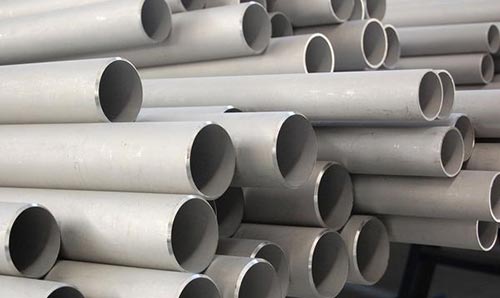What is difference between seamless steel and stainless steel?
The main difference between seamless steel and stainless steel lies in their composition and properties:
Composition:
Seamless steel: Seamless steel pipes are made from carbon steel or low-alloy steel. These pipes are manufactured by extruding the metal to the desired shape without any welding joints.
Stainless steel: Stainless steel is an alloy composed primarily of iron, with a minimum of 10.5% chromium content by mass. This chromium content forms a passive oxide layer on the surface of the steel, which provides corrosion resistance.
Corrosion Resistance:
Seamless steel: Carbon steel is prone to corrosion when exposed to moisture and other environmental factors. However, some seamless steel pipes are coated or treated to improve corrosion resistance.
Stainless steel: Stainless steel is highly resistant to corrosion, tarnishing, and rusting due to the presence of chromium oxide layer on its surface. This makes it suitable for applications where corrosion resistance is essential, such as in the food industry, chemical processing, and marine environments.

Applications:
Seamless steel: Seamless steel pipes are commonly used in industries such as oil and gas, construction, automotive, and machinery manufacturing, where high strength and durability are required.
Stainless steel: Stainless steel is widely used in various industries, including food processing, pharmaceuticals, architecture, automotive, and aerospace, where corrosion resistance and hygiene are critical.
In summary, while both seamless steel and stainless steel are used in various industries, stainless steel offers superior corrosion resistance due to its chromium content, making it particularly suitable for applications where hygiene and durability are paramount.
Previous: >> What is the difference between Dom and seamless tubing? Next: >> Can you bend 304 stainless steel pipe?






